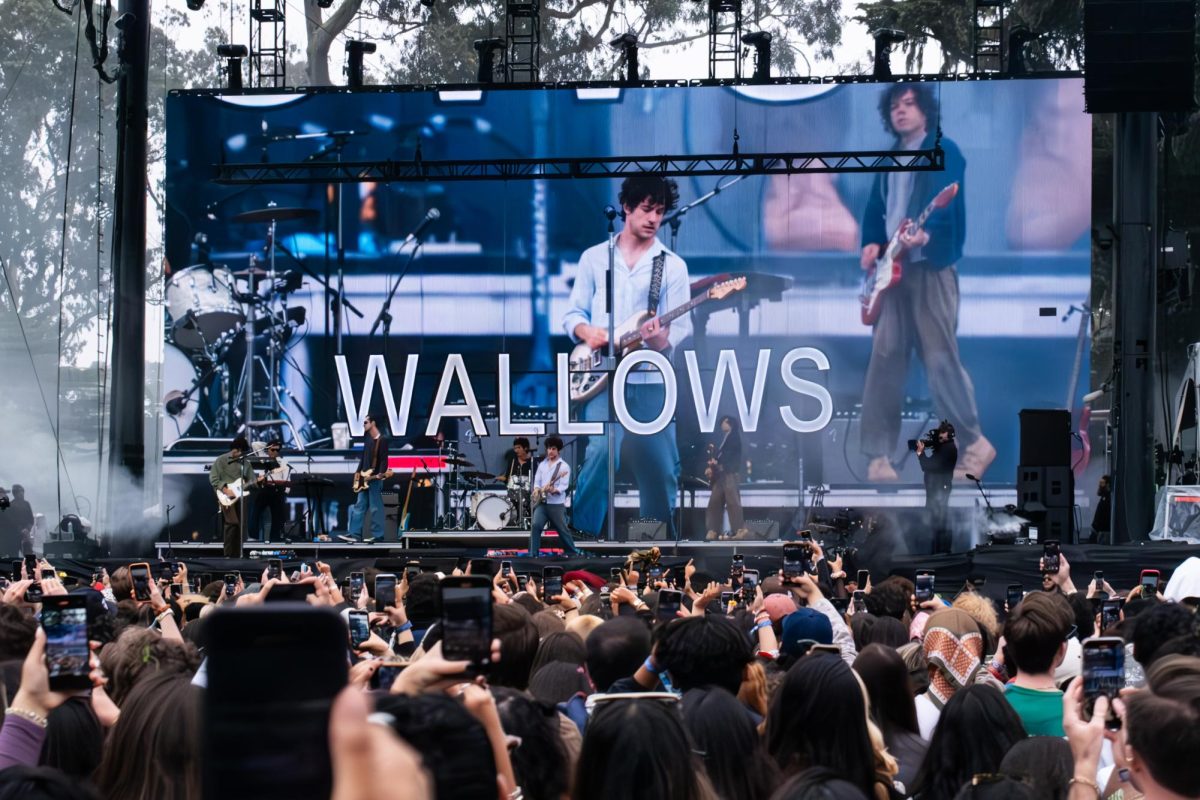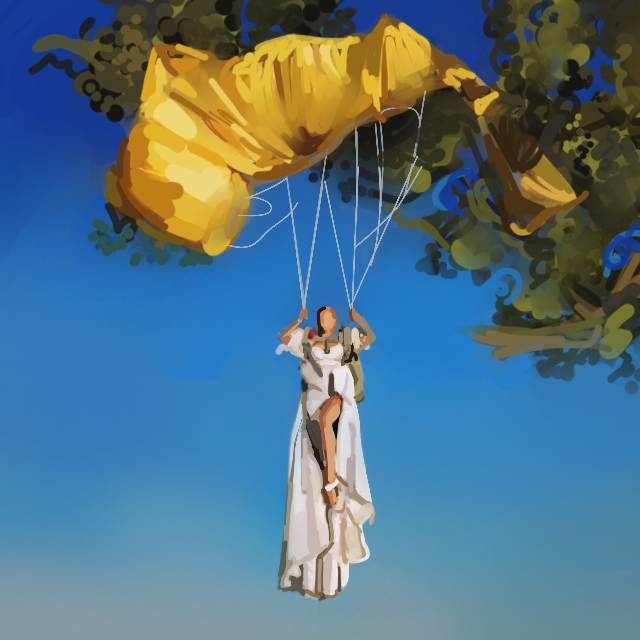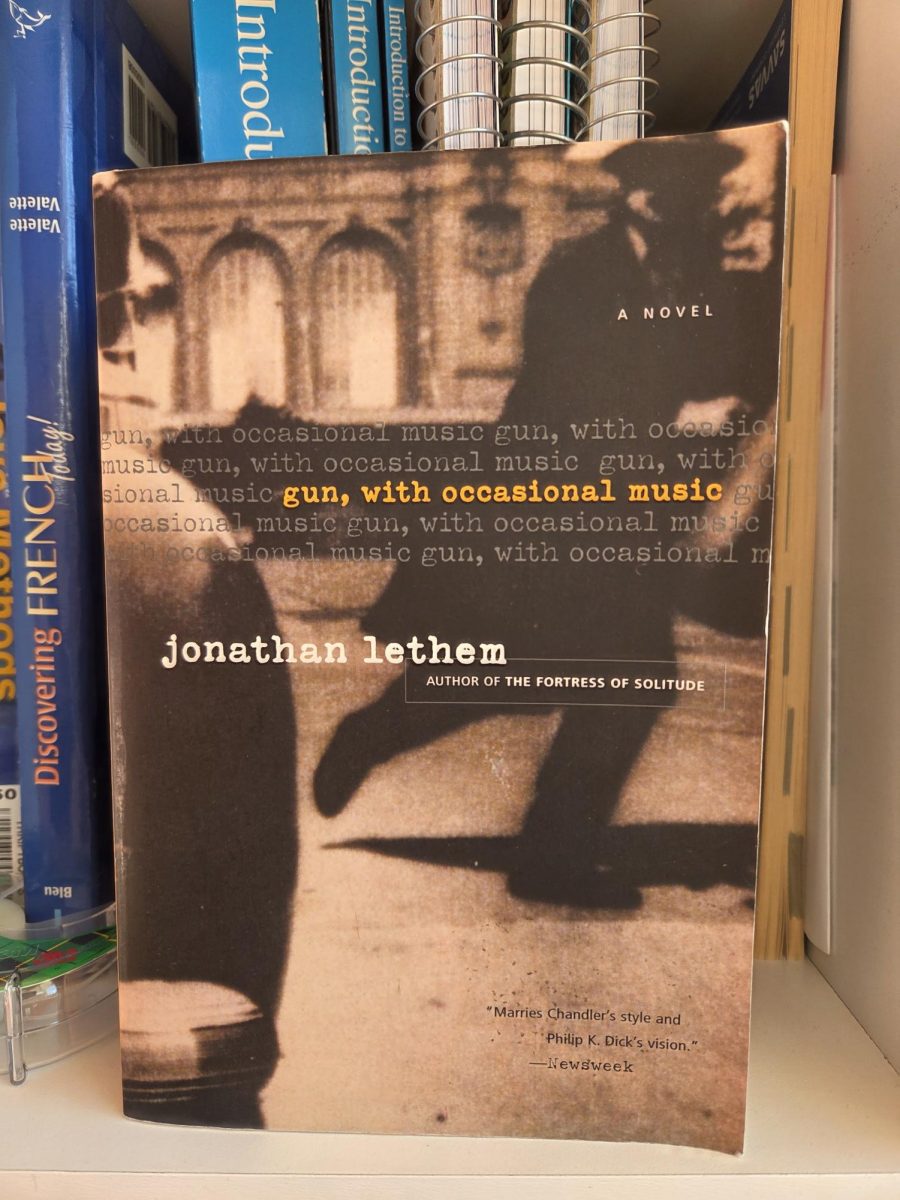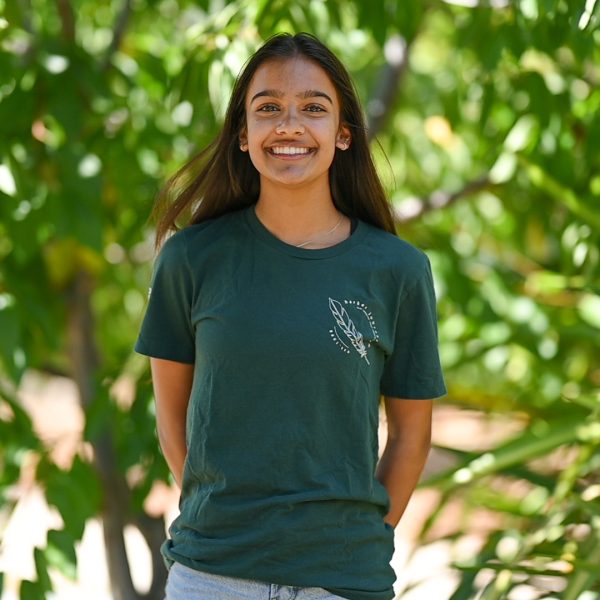The lights dim, and a roar erupts from the crowd. Hundreds of people pull out their phone as they wait in anticipation for the chart-topping artist to begin signing. This is an environment that can only be created at live music events. Concerts and music festivals both capture the thrill of artists on stage and fans singing along, but the two offer different experiences — whether in cost, timing or the environment they’re hosted in.
Junior Urvi Singhvi reflected on experiencing live music from her favorite artists for the first time compared to streaming their music. She attended the first day of the Outside Lands music festival.
“Songs, you can play anytime,” Urvi said. “But when you’re listening to music live, there’s a special energy that gets created when you put fans and artists in the same space. I really like the format of the music festival because you can see so many artists and also discover artists that you know you may not have known.”
A major contrast between concerts and music festivals is price. Eager fans save up to pay for high-demand concert tickets. While tickets for Taylor Swift’s Eras Tour showed a face value between $49-499, the average price fans paid was $1,088.56, with some tickets skyrocketing to tens of thousands as a result of resellers making major profits through the concert business. Even smaller artists like d4vd had tickets starting at $30 and averaging $112.26, with ticket prices heavily varying city to city.
Tickets for music festivals are relatively cheaper, since reselling festival tickets is less common. Outside Lands, Lollapalooza and Coachella are some of the most popular music festivals in the U.S., hosting headliners with tens of millions of fans. Outside Lands tickets cost $275 a day, Lollapalooza tickets are roughly $150 and Coachella ranges from $550 to $600 for all three days. These festivals have over 110 artists performing, making the average price per artist substantially cheaper than individual concert tickets. By staying at one stage, a festival goer could see seven artists in a day.
Senior Brady Tse attended d4vd’s concert in San Francisco in July. He recalls his first impressions of the concert.
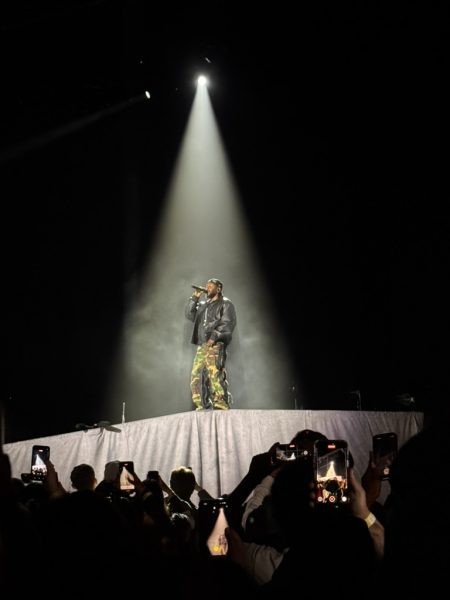
“I thought it was very chaotic at first when I showed up,” Brady said. “Everyone was everywhere and there was no space, but then we all sat down and got quiet for d4vd to start playing. The environment was very energetic. Everyone was very excited for the concert to start.”
Most concerts start at around 8 p.m. with an opening act for the main artist. Between the opener and the headlining artists, the stage crew must make minor adjustments to the set while the singers prepare backstage for the show, adding to the wait, with most artists coming out around 9 p.m.
Music festivals range in schedule, but popular festivals like Lollapalooza and Outside Lands run from 11 a.m. to 10 p.m. Instead of waiting for artists to begin the show, the festival environment begins at the entrance.
Senior Brook Kubose has gone to Outside Lands music festivals and has also attended multiple concerts. She compares the differences between a concert and festival venue.
“[Festivals] feel bigger because it’s a larger venue,” senior Brooke said. “At a music festival, because there’s so much more space, I don’t feel as crammed or claustrophobic as I would at a concert. At concerts, there are so many people, and it’s overwhelming.”
Festival venues usually have different stages that are a five to 10 minute walk apart, with an artist always performing at at least one of them. As festival-goers walk from stage to stage, pathways are lined with hangout areas, food stalls, company-sponsored tables and photo booths.
Festivals emphasize movement and exploration; concerts prioritize layout and structure. Guaranteed seating at concerts ensures that attendees do not push and shove for a clear view of the stage. Leaving and returning to seats is easy at concerts, while at a festival, people are rushing to occupy empty spaces.
“For me, it’s not so much about listening to the artist live that I care about, but being able to see them live,” Brooke said. “[Live performances] have a bunch of special effects and everything so it was just really interesting and the vibes were great. I also like the experience of being able to hang out with my friends and getting ready together, and taking pictures is always really fun. ”


















![“[Building nerf blasters] became this outlet of creativity for me that hasn't been matched by anything else. The process [of] making a build complete to your desire is such a painstakingly difficult process, but I've had to learn from [the skills needed from] soldering to proper painting. There's so many different options for everything, if you think about it, it exists. The best part is [that] if it doesn't exist, you can build it yourself," Ishaan Parate said.](https://harkeraquila.com/wp-content/uploads/2022/08/DSC_8149-900x604.jpg)




![“When I came into high school, I was ready to be a follower. But DECA was a game changer for me. It helped me overcome my fear of public speaking, and it's played such a major role in who I've become today. To be able to successfully lead a chapter of 150 students, an officer team and be one of the upperclassmen I once really admired is something I'm [really] proud of,” Anvitha Tummala ('21) said.](https://harkeraquila.com/wp-content/uploads/2021/07/Screen-Shot-2021-07-25-at-9.50.05-AM-900x594.png)







![“I think getting up in the morning and having a sense of purpose [is exciting]. I think without a certain amount of drive, life is kind of obsolete and mundane, and I think having that every single day is what makes each day unique and kind of makes life exciting,” Neymika Jain (12) said.](https://harkeraquila.com/wp-content/uploads/2017/06/Screen-Shot-2017-06-03-at-4.54.16-PM.png)








![“My slogan is ‘slow feet, don’t eat, and I’m hungry.’ You need to run fast to get where you are–you aren't going to get those championships if you aren't fast,” Angel Cervantes (12) said. “I want to do well in school on my tests and in track and win championships for my team. I live by that, [and] I can do that anywhere: in the classroom or on the field.”](https://harkeraquila.com/wp-content/uploads/2018/06/DSC5146-900x601.jpg)
![“[Volleyball has] taught me how to fall correctly, and another thing it taught is that you don’t have to be the best at something to be good at it. If you just hit the ball in a smart way, then it still scores points and you’re good at it. You could be a background player and still make a much bigger impact on the team than you would think,” Anya Gert (’20) said.](https://harkeraquila.com/wp-content/uploads/2020/06/AnnaGert_JinTuan_HoHPhotoEdited-600x900.jpeg)

![“I'm not nearly there yet, but [my confidence has] definitely been getting better since I was pretty shy and timid coming into Harker my freshman year. I know that there's a lot of people that are really confident in what they do, and I really admire them. Everyone's so driven and that has really pushed me to kind of try to find my own place in high school and be more confident,” Alyssa Huang (’20) said.](https://harkeraquila.com/wp-content/uploads/2020/06/AlyssaHuang_EmilyChen_HoHPhoto-900x749.jpeg)



